I lost my mother, three siblings and a nephew to early cancer…years later I discovered that a little known genetic silent killer was to blame
Many families are affected by cancer, but a handful seem especially cursed. Mine is one of them. For more than half a century, cancer haunted my family.
Five members developed the disease and all died from it, four before the age of 45.
My mother was first diagnosed with breast cancer in her 30s and died at age 42 in 1968. My youngest sister died of abdominal cancer in 1981 at age 24, and my other sister died six years later at age 32 age, from lung cancer.
My brother’s son, who survived cancer in his cheek when he was just two, would die in early 2019 after developing a bone tumor.
My brother survived lung cancer at the age of 46, but would go on to develop several other cancers before dying of pancreatic cancer at the age of 69 – just seven months after his son.
The siblings of the Ingrassia family (from left: Angela, Gina, Lawrence and Paul. Only Lawrence survived
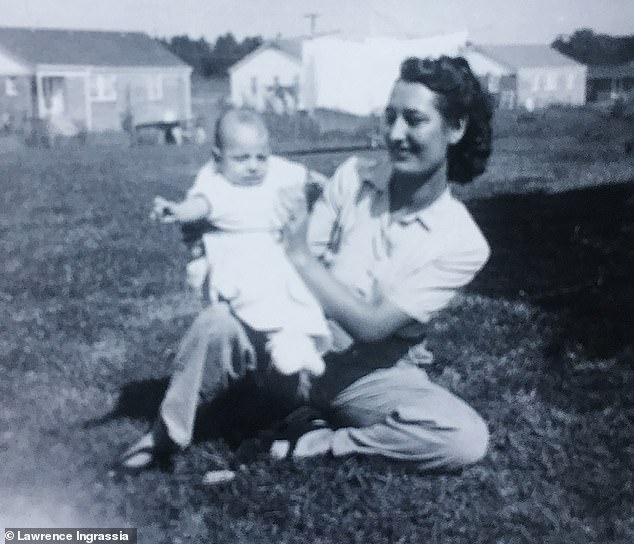
Lawrence’s mother Regina with baby Paul in 1950. Paul succumbed to pancreatic cancer in 2019, after battling lung cancer at age 45 and prostate cancer at age 52
Each new cancer had brought sadness and disbelief. Why did this happen? Could nothing be done? Why was I the only one of the four siblings to be spared? Could I be next?
For a long time, oncologists had no answer.
My cousin Charlie’s ordeal when he was just two was especially heartbreaking. What doctors initially thought was a bruise on his cheek was diagnosed as soft tissue cancer, giving him only a 20 percent chance of survival.
Against all odds, Charlie survived, although the radiation stunted the growth of his jaw, leaving his face disfigured. He underwent multiple reconstructive surgeries over the next twenty years.
During Charlie’s first treatment, his doctors agreed that the rate of cancer in our family was so strange that they took a sample of skin from our forearms and ran tests to look for anything unusual.
But they couldn’t find anything suspicious. Perhaps because the cancers were different, doctors did not suggest the cause might be hereditary.
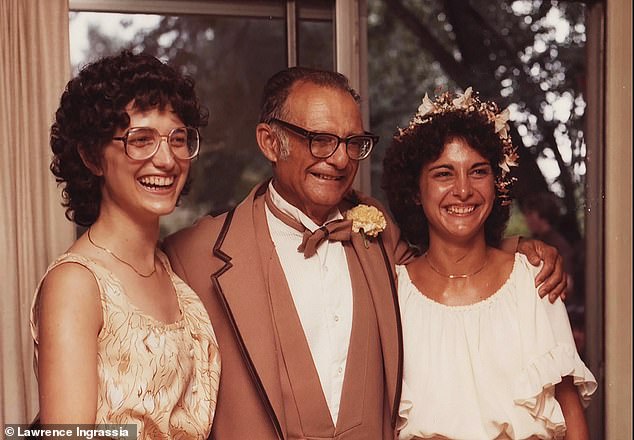
Gina’s wedding day, with her sister Angela and father Angelo. Their mother never lived to see this moment
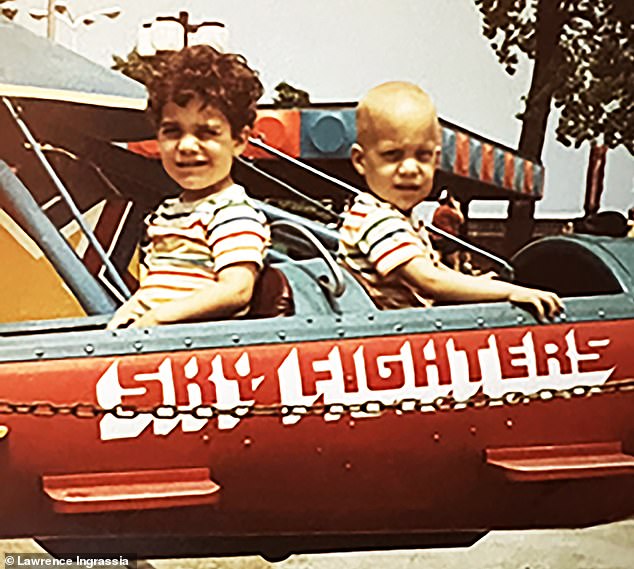
Little Charlie with his brother Dan. Charlie battled and survived soft tissue cancer in his cheek at the age of two
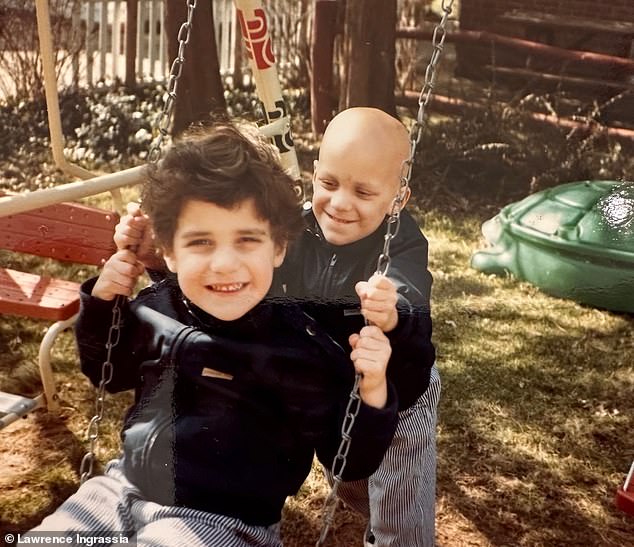
The radiation that killed the malignant cells in Charlie’s cheek also stunted the growth of his jaw, leaving his face disfigured and requiring multiple reconstructive surgeries.
Perhaps the staggering number of cancer cases was related to the fact that our father was a research chemist, we thought. Perhaps he brought home small particles of carcinogens on his clothes, which were inhaled and developed into cancer years later?
After my second sister died, her husband wrote to a scientific researcher asking if that could be the case. The answer was that our theory was ‘unlikely’.
Finally, in 2014 – 46 years after our mother died – an oncologist suggested my brother get a genetic test. This determined that our genetic pool was being devastated by a condition known as Li-Fraumeni syndrome, which occurs when the cancer-fighting gene p53 loses its ability to help prevent abnormal cell growth.
Two pioneering physicians, Frederick Li and Joseph Fraumeni Jr., had spent decades researching to solve the medical mystery. The syndrome is extremely rare, affecting only 5,000 to 10,000 of the 125 million families in the United States.
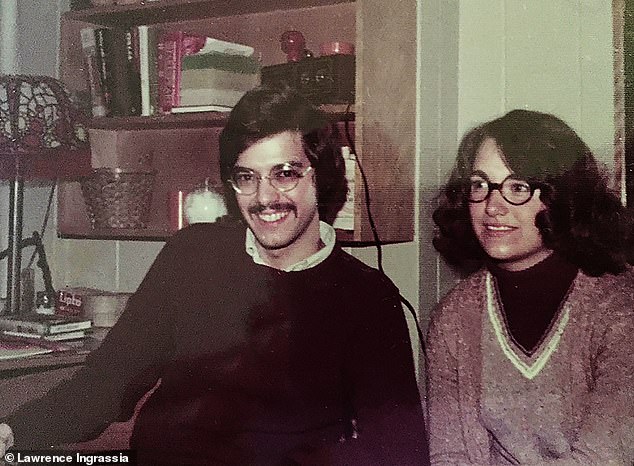
Lawrence with his sister Angela around 1974. Angela died of abdominal cancer – just a few months after finding a lump in her abdomen – in 1981
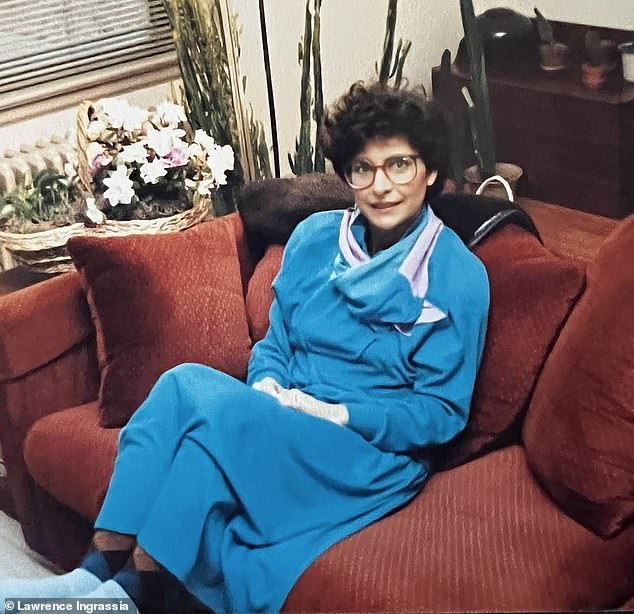
Gina during treatment for lung cancer in 1987. She died within seven months of diagnosis
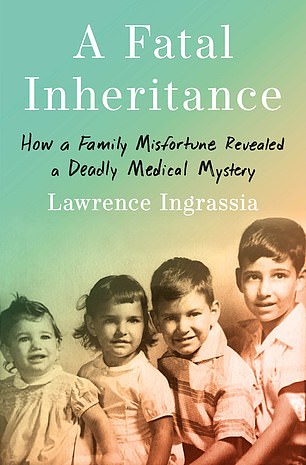
Unlike many so-called cancer genes, such as the better-known BRCA gene, which mainly causes breast and ovarian cancer, the p53 mutation can lead to a large number of cancers developing within families, often at a very young age.
A telltale sign is that a patient has been diagnosed with cancer early in life – sometimes multiple cancers – and there are other immediate family members who have suffered a similar fate.
Someone with Li-Fraumeni syndrome has a 50 percent chance of developing cancer by age 40 – ten times higher than normal – and a 95 percent chance over their lifetime.
There are still no ways to stop the brutal cancers caused by the mutation.
However, regular screening of family members with the condition can help detect cancer at an early stage. Studies show that this significantly increases the chances of survival.
I sometimes wonder if it would have been better if we had known about the mutation in our family earlier. Perhaps we would have been more vigilant and some cancers would have been diagnosed earlier.
But there’s no way to know if that would have made a difference, because cancer can be so deadly that even early detection doesn’t guarantee survival.
In 2015, a year after I heard about Li-Fraumeni syndrome, I decided to get tested myself after much urging from my daughter.
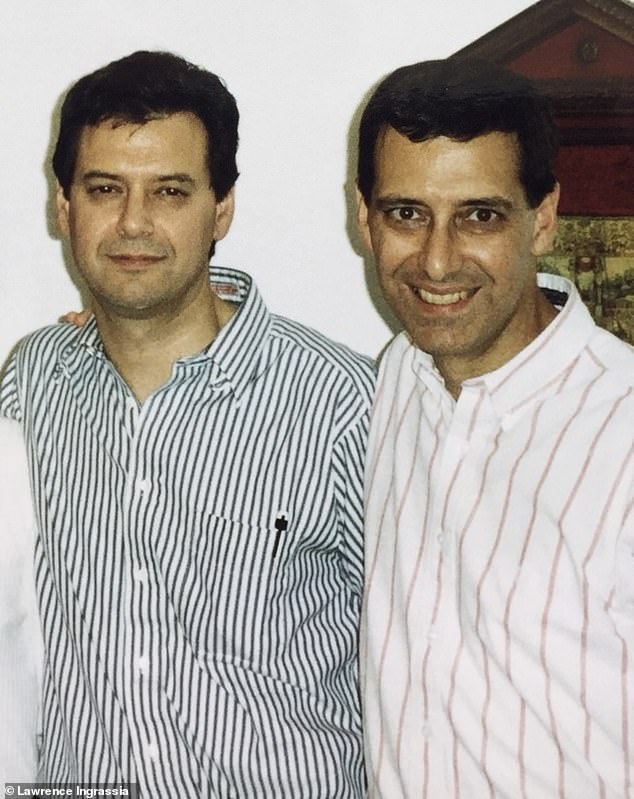
Lawrence’s brother Paul (right) was diagnosed with lung cancer at the age of 45 and subsequently had a lung removed, which left him with other forms of cancer, which eventually killed him.
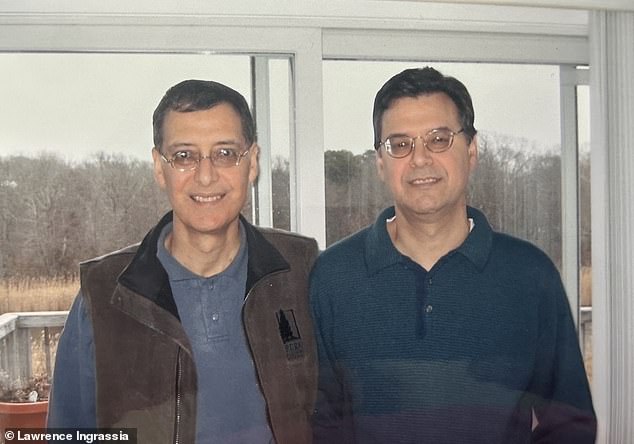
Later, Paul (left) was diagnosed with prostate cancer and then pancreatic cancer, which ultimately took his life in 2019
Despite the strong family history, I was told there was only a 50 percent chance that I had inherited the mutation from my mother’s side. After a month of waiting I got the result: negative.
By fate, I was the lucky one to escape the family curse. I wouldn’t pass it on to my children.
Now that I have lost my family to cancer, I am occasionally overcome by a wave of melancholy. Every Christmas Eve I retreat to a quiet place and look through a box of old family photos.
In a precious photo, the four of us as children are sitting in a row, from oldest to youngest. In another, my younger sister Angela, about five, sits in a cotton sleeveless striped dress and laughs with missing teeth.
And there’s one of our mothers, beaming as she kneels and holds up a baby Gina, who’s standing a little wobbly. Holding on to the memories of the good times means they are never truly gone.
It may not happen soon, but I believe that one day there will be a cure, with the help of dedicated doctors and the Li-Fraumeni Syndrome Association.
And families like mine will be spared the pain of what we went through.
This essay is adapted from the book, A fatal legacy: How a family accident revealed a deadly medical mysteryedited by Henry Holt.
